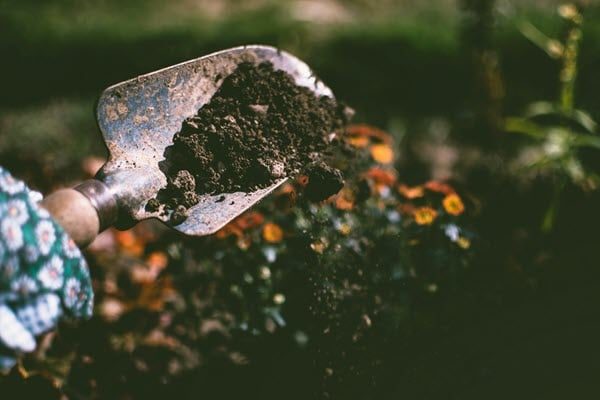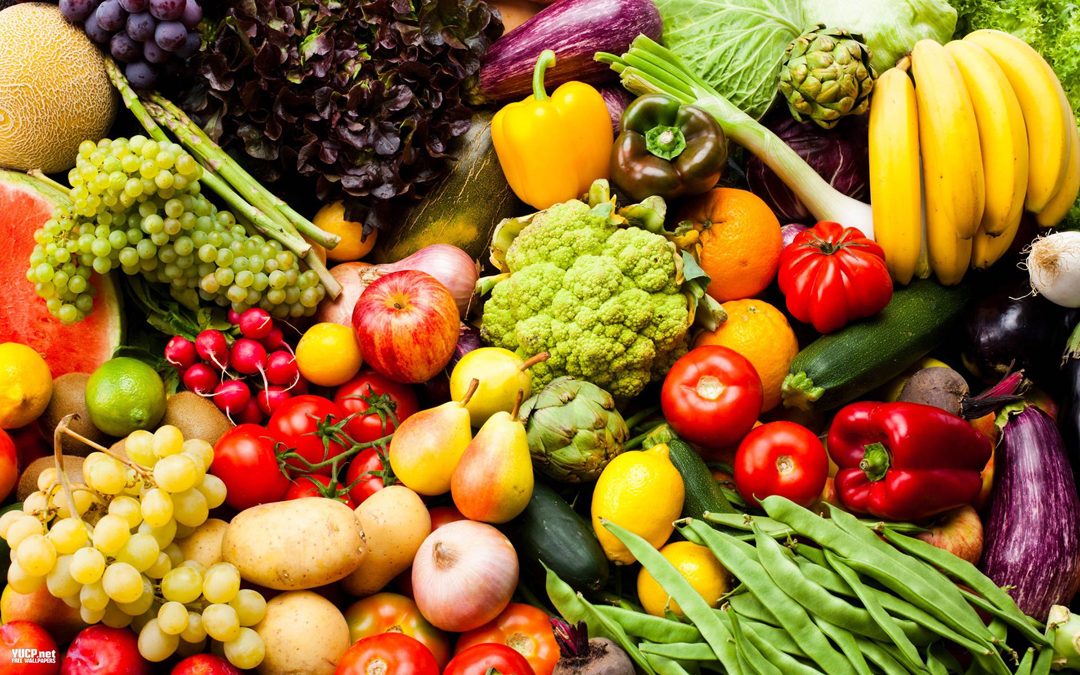Fortunately, you can improve your soil quality with these proven tips and techniques. And enhance your garden’s productivity and plant health for better results.
Embarking on a gardening adventure brings the thrill of planting and watching seeds flourish. However, beneath the surface and at the heart of any bountiful garden lies a vital yet often underappreciated component: soil quality.
This article delves into the essence of soil health, unearthing its crucial role and guiding you in assessing and enriching your garden’s foundation.
The Soil Quality Spectrum
Soil isn’t uniform; it varies widely in quality and composition. From sandy soils that drain quickly but retain little moisture to clay soils that hold moisture but may inhibit root growth, understanding your garden’s soil type is the first step in improving its quality.
Regarding soil quality, loamy soil, a balanced mix of sand, silt, and clay, is often considered the gold standard for gardening. It provides ideal drainage and nutrient retention.
Moreover, understanding and applying the right lawn products is essential for those dedicated to achieving the perfect lawn. Utilizing resources such as a golf course lawn store can provide access to premium DIY lawn care items, including soil test kits and organic fertilizers, crucial for creating a lush, vibrant garden.
Embracing a holistic approach to soil and lawn care can make a noticeable difference in the health and appearance of your outdoor space.

The Essence of Soil Health
Soil health is more than the dirt beneath our feet; it’s a dynamic ecosystem nourishing plant life. A mixture of minerals, organic matter, water, and air, healthy soil boasts a balanced ecosystem of microorganisms, including bacteria, algae, fungi, and small invertebrates.
Furthermore, this balance is pivotal for plant health and growth, influencing water drainage, nutrient availability, and disease resistance.
The Role of pH in Soil Quality
The pH level of your soil, a measure of its acidity or alkalinity, plays a significant role in plant health. Most garden plants thrive in slightly acidic to neutral soil (pH 6-7). However, the pH preference can vary widely among different plants.
More importantly, knowing your soil’s pH is crucial because it affects the availability of nutrients to plants. Adjusting the pH, if necessary, can unlock nutrients, making them accessible to your garden’s inhabitants.

Assessing Your Soil’s Health
Assessing soil health involves looking beyond its type; it requires evaluating its texture, drainage, nutrient levels, and pH balance. Simple at-home tests can reveal a lot about your soil’s condition. For instance, feeling the soil or observing how water drains through it can provide insights into its composition and water retention capabilities.
Moreover, testing kits available from local gardening stores can help determine nutrient content and pH levels, offering a clearer picture of your soil’s needs.

Partnering with Nature: The Benefits of Cover Crops and Mulching
Enhancing soil quality doesn’t end with amendments and adjustments. Furthermore, using cover crops, such as clover or ryegrass, can protect and nourish the soil during off-season. This can prevent erosion, improve soil structure, and add organic matter as it decomposes.
Similarly, mulching with organic materials conserves moisture, controls weeds, and contributes to the soil’s organic matter as it breaks down. These practices exemplify working in harmony with nature to support and improve your garden’s foundation.
Unlocking the Secrets of Organic Matter
One of the cornerstones of improving soil quality is the addition of organic matter. Organic material, such as compost or decomposed leaves, enriches the soil, enhancing its structure, fertility, and water retention abilities.
It also feeds the soil’s microbiome, encouraging a thriving ecosystem that supports robust plant growth. Incorporating organic matter annually can significantly transform your garden’s soil into a nurturing bed for your plants.

Advanced Soil Testing Techniques
For gardeners looking to gain a deeper understanding of their soil’s health, advanced soil testing techniques can offer valuable insights regarding soil quality.
Professional soil analysis services go beyond basic pH and nutrient content. For example, evaluating factors such as soil compaction, salinity levels, and beneficial or harmful microorganisms.
These comprehensive tests can help tailor a more precise soil improvement plan, targeting specific issues and optimizing conditions for plant growth.

The Importance of Seasonal Soil Care
Soil care is not a one-time task but a seasonal responsibility that requires year-round attention. Practices such as crop rotation and resting the soil can prevent nutrient depletion and reduce pest accumulation.
Seasonal amendments tailored to the upcoming planting cycle ensure the soil remains fertile and ready to support new growth. Additionally, monitoring moisture levels and adjusting irrigation can protect soil structure and prevent waterlogging or drought stress.

Conclusion – Soil Quality
Understanding and enhancing soil quality is a journey that yields immense rewards. By recognizing the soil as a living, breathing entity that supports plant life, gardeners can adopt practices that nurture and enrich this vital resource.
So, whether you’re testing the soil, adding organic matter, or employing cover crops and mulching, each step to improve soil quality can lead to a healthier, more vibrant garden. So, roll up your sleeves and dig into the magic beneath your feet, for the secret to a flourishing garden lies in the quality of its soil.
Publisher: Source link






